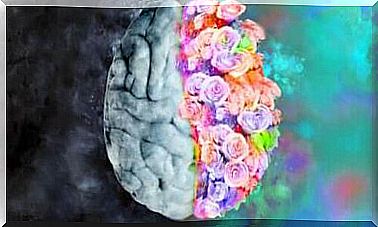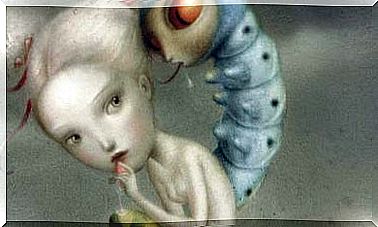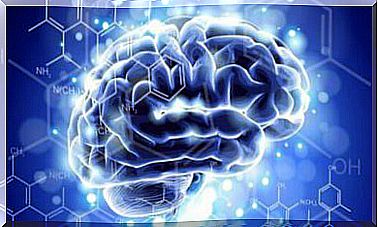John Bowlby’s Attachment Theory
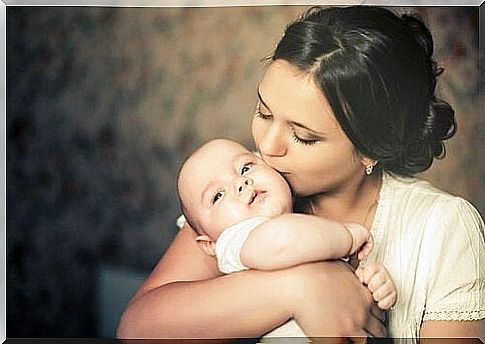
John Bowlby (1907-1990) was a psychiatrist and psychoanalyst who believed that mental health and behavioral problems could be linked to early childhood. John Bowlby’s Attachment Theory suggests that children are born programmed to bond with others. This will help them survive.
Bowlby was extremely influenced by ethological theory in general, but especially by the study of behavior conducted by Konrad Lorenz. In the 1950s, in a study carried out with ducks and geese, the latter demonstrated that attachment was innate. Therefore, it has a survival value.
Bowlby believed that attachment behaviors were instinctive and activated in cases where closeness was not achieved: cases of separation, insecurity and fear.
Innate behaviors for survival
Bowlby also stated that fear of strangers is an important survival mechanism, incorporated by nature. According to him, babies are born with the tendency to display certain innate behaviors (social liberators) that help ensure closeness and contact with the mother or the figure of attachment.
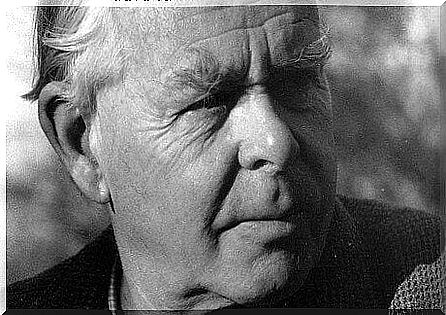
Throughout the evolution of the human species, babies who stayed close to their mothers would have survived to have children of their own. Bowlby hypothesized that babies and mothers developed a biological need to maintain contact with each other.
These attachment behaviors initially function as fixed patterns of action. All have the same function. Babies produce innate “social liberation” behaviors, such as crying and smiling, which stimulate adult attention. The determining factor of attachment is not food but attention and responsiveness.
Key points of John Bowlby’s attachment theory
After World War II, orphans and homeless children presented many difficulties. The United Nations (UN) asked John Bowlby to write a text on this subject. This text was entitled “maternal deprivation”. The theory of attachment arises from the questions raised during the development of this work.
John Bowlby’s Attachment Theory is an interdisciplinary study that includes the fields of psychological, evolutionary and ethological theories. Here are his main ideas:
- A child has the innate need to unite with a main attachment figure (monotropy)
While he didn’t rule out other attachment figures for a child, Bowlby believed that there was a much stronger primary bond than any other (usually with the mother).
According to him, this link is qualitatively different from those which will follow. The relationship with the mother is, in a way, completely different from other relationships.
Bowlby suggested that the nature of monotropy (attachment conceptualized as a vital bond with one person) meant one thing: if the maternal bond did not exist or if it broke, serious consequences would occur. This would possibly include unaffected psychopathy. Bowlby’s theory of monotropy led him to formulate his maternal deprivation hypothesis.
The child behaves in a certain way to establish contact or closeness with the caregiver. When he feels greater arousal, that person perceives it. Crying, smiling, and locomotion are examples of these signaling behaviors. Instinctively, adults respond to the behavior of the children in their care by creating a pattern of reciprocal interaction.

2. A child should receive continued attention from the most important attachment figure during the early years of life.
Bowlby claimed motherhood is almost useless if it doesn’t happen until after two and a half or three years. What is more, for the majority of children, if it does not arrive until after 12 months, we find ourselves facing a critical period.
If the attachment breaks or stops during the critical two-year period, the child will experience irreversible long-term consequences. This risk continues until the age of five.
The underlying assumption of Bowlby’s maternal deprivation hypothesis is that continued disruption of the primary link could lead to long-term cognitive, social, and emotional difficulties. The implications are therefore enormous. For example, if this is true, should parents leave their child in daycare?
The long-term consequences of maternal deprivation can include delinquency, reduced intelligence, increased aggression, depression, and unaffected psychopathy. Affectionless psychopathy is the inability to show affection or empathy towards others. These individuals act impulsively, without considering the consequences of their actions. For example, without showing guilt after antisocial behavior.
3. Short-term separation from an attachment figure causes anxiety
Anguish passes through three progressive stages: protest, despair and detachment.
- Protest: The child cries, screams and gets angry when the attachment figure leaves. He tries to hold on to her so that she doesn’t go away.
- Desperation: The child’s protests begin to fade and appear to be weaker, although they still exist. The child seems disinterested.
- Detachment: If the separation continues, the child will begin to interact with new people. He will reject the person upon his return and display signs of anger.
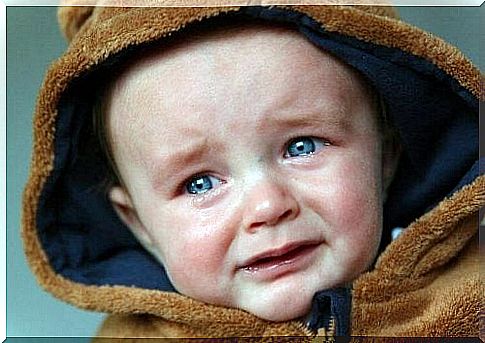
4. The attachment relationship of the child with the main guardian leads to the development of an internal working model.
The internal work model is a cognitive framework that includes mental representations for understanding the world, self and others. A person’s interaction with others is guided by memories and expectations of their internal model that influence and help assess their contact with others.
At three years old, the internal model seems to transform into part of a child’s personality. Therefore, it affects his understanding of the world and future interactions with others. According to Bowlby, the primary attachment figure acts as a prototype for future relationships through the internal work model.
Should mothers take care of their children exclusively when they are young?
One of the main criticisms that Bowlby’s attachment theory has received has to do with the direct implication it implies. Should mothers take care of their children exclusively when they are young?
Weisner and Gallimore (1977) explain that mothers are the exclusive guardians in a very small part of human societies. In fact, there are often several people involved in the care of children.
Van Ijzendoorn and Tavecchio (1987) argue that a stable network of adults can provide adequate attention and that this attention may even have advantages over a system in which a mother must meet all of a child’s needs.
On the other hand, Schaffer (1990) explains that there is some evidence that children develop better with a mother who is happy in her job than with a mother who is frustrated with staying at home.
John Bowlby’s attachment theory, therefore, does not invoke a mother’s exclusivity in raising children. During the first stage of life, however, it is essential that a primary figure exists and provides the necessary care and attention to the child. This will promote the creation of a bond which will help the baby to develop fully.


